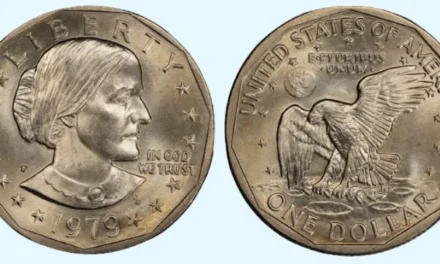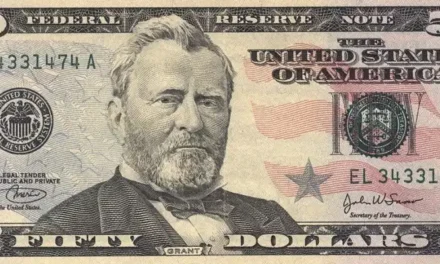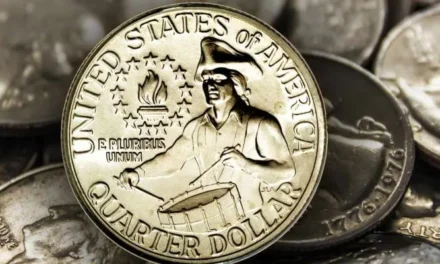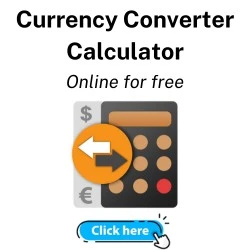If you have been following the news lately, you may have heard about a possible solution to the US debt ceiling crisis: minting a 1 trillion dollar coin. But what is this coin and how could it help the US government avoid defaulting on its obligations?
In this article, we will explain the concept of the trillion dollar coin, its legal basis, its pros and cons, and its implications for the economy and the future of money.
What is the 1 Trillion Dollar Coin?
The 1 trillion dollar coin is a hypothetical platinum coin that the US Treasury Department could mint and deposit at the Federal Reserve to create 1 trillion dollars in seigniorage, or the difference between the face value of a coin and its production cost.
The idea is that by using this coin, the Treasury could bypass the need for Congress to raise the debt ceiling, which is the legal limit on how much debt the US government can issue.
The debt ceiling is currently set at $28.4 trillion, and the Treasury has been using extraordinary measures to avoid breaching it since August 1. However, these measures are expected to run out by mid-October, and if Congress does not act by then, the US could face a default on its debt payments, which could have catastrophic consequences for the global economy.
The 1 trillion dollar coin is based on a legal loophole that allows the Treasury to mint platinum coins of any denomination, without any quantity or accounting restrictions.
This authority was granted by Section 31 U.S.C. § 5112 of the United States Code for the purpose of issuing commemorative coins, but it does not specify any limits on how it can be used.
The idea of using a 1 trillion dollar coin to solve the debt ceiling crisis was first proposed by a lawyer named Carlos Mucha in 2010, and gained more attention in 2011 and 2012 during previous debt ceiling debates.
It resurfaced again in 2020 and 2021 as some lawmakers and economists suggested it as a way to fund stimulus payments during the COVID-19 pandemic and to avoid another default scenario.
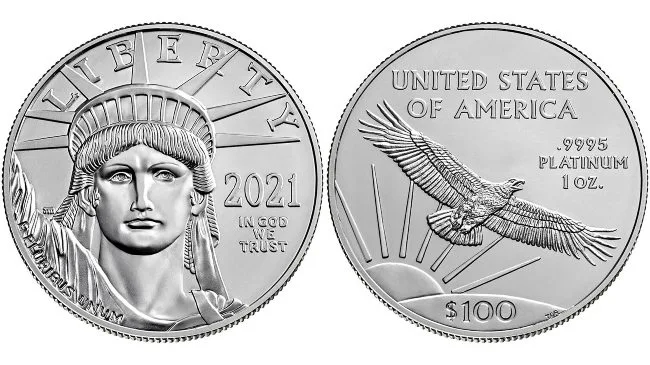
What are the Pros and Cons of the 1 Trillion Dollar Coin?
- The main advantage of the 1 trillion platinum coin is that it would allow the Treasury to pay its bills without relying on Congress to raise the debt ceiling, which has become a source of political gridlock and uncertainty.
- It would also prevent a default on US debt, which could trigger a financial crisis and a recession. Some proponents of the coin also argue that it would demonstrate the sovereign power of the US government to create money and challenge the conventional wisdom that deficits and debt are inherently bad.
- The main disadvantage of the $1 trillion coin is that it would be seen as a gimmick and a violation of the spirit of the law, which was intended for commemorative purposes, not for fiscal policy. It would also face legal challenges from opponents who would argue that it exceeds the Treasury’s authority and violates the separation of powers between the executive and legislative branches.
- Moreover, it could undermine the credibility and trustworthiness of the US dollar as a reserve currency and a store of value, and potentially cause inflation if it leads to excessive money creation.
What are the Implications of the $1 Trillion Coin?
The 1 trillion dollar coin is unlikely to become a reality anytime soon, as both President Biden and Treasury Secretary Yellen have dismissed it as a serious option.
The Biden administration has repeatedly called on Congress to raise the debt ceiling through regular legislative procedures, and has not indicated any interest in exploring alternative solutions. The Federal Reserve has also expressed doubts about whether it would accept such a coin as a valid deposit from the Treasury.
However, the mere existence of the gold 1 trillion dollars as a theoretical possibility raises some interesting questions about the nature and future of money.
For instance, what gives money its value and legitimacy? Who has the right and responsibility to create and manage money? How should money be distributed and used in society? How can money be reformed to serve public interests and goals?
These questions are not new, but they have become more relevant and urgent in recent years, as new forms of money such as cryptocurrencies, stablecoins, central bank digital currencies, and community currencies have emerged and challenged the traditional role and monopoly of fiat money issued by governments.
The mint trillion dollar coin may be a fantasy for now, but it could also be a catalyst for a deeper conversation about how we can reimagine money for a better world.


